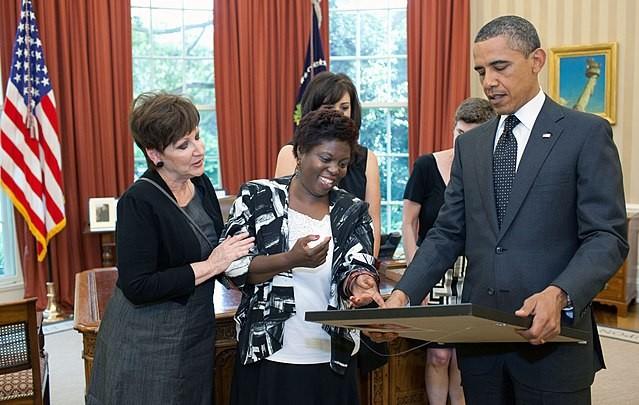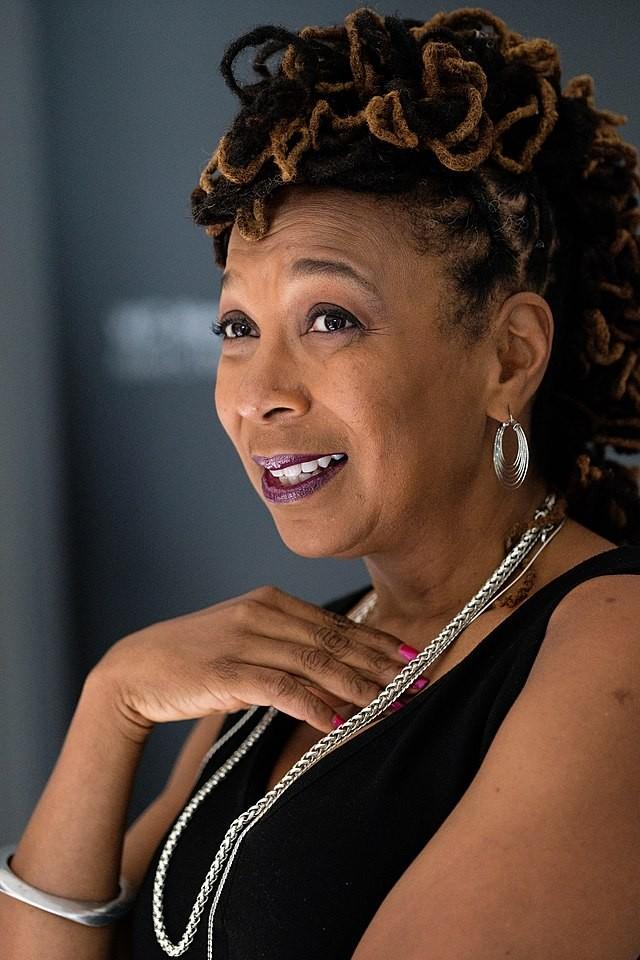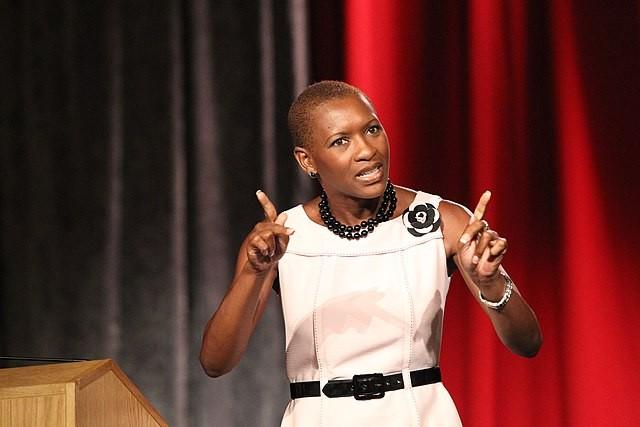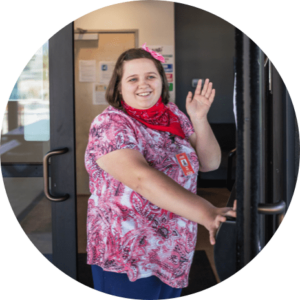Affordable housing for people with I/DD is in low supply. Learn what ALSO is doing to make a difference.
Affordable housing for people with I/DD is in low supply. Learn what ALSO is doing to make a difference.

February is Black History Month. We commemorate this very important celebration in February because it coincides with the birthdays of two famous figures in the abolitionist movement: Abraham Lincoln, who signed the Emancipation Proclamation; and Frederick Douglass, who escaped slavery in 1838 and worked tirelessly to permanently abolish slavery.
This year, the team at ALSO is proud to provide additional focus on Black individuals with disabilities who have become leaders in disability rights, advocacy, civil rights, and activism. Even in the face of seemingly insurmountable challenges, they managed to make life better for millions in the disability community.
To gain an understanding of how Black Americans with Disabilities have shaped history for all of us, we need to look back several decades to the civil rights movement. The civil rights activists of the 1950s and 60s inspired disability rights leaders as to the power of collective action, peaceful protest, and civil disobedience. In fact, the Americans with Disabilities Act of 1990 is actually a civil rights act because it fights against segregation and exclusion from public transportation, public education, health care, employment, and community living.
Many of those Black people who fought and succeeded in the civil rights movement had disabilities themselves. Therefore, they were multi-marginalized. Increased awareness of their struggles and accomplishments has a greater chance of driving systems change for the current and future. In actuality, according to academic scholars, this knowledge has largely failed to be presented as a part of Black history education. Through their determination, they were critical to the fact that disability rights are indeed human rights.

The term intersectionality was first coined by academic scholar and lawyer Kimberlé Williams Crenshaw in 1989. While doing feminist and anti-racist work, she noted the unique forms of discrimination that women in the Black community frequently faced. Because they had more than one identity that was stereotyped and/or marginalized, the barriers to fair treatment and equal access often overlapped and were compounded. Since that time, the definition of intersectionality has been expanded to include multiple identities, such as race, ethnicity, disability, socioeconomic status, and sexual orientation.
Intersectionality plays a major role in social justice. An example of this is research that reveals how African Americans are more likely to have disabilities than white people. It’s easy to imagine how this may be related to higher poverty rates, health disparities, and fewer opportunities for higher education.
Eman Rimawi-Doster knows all too well that, “Whether it’s health care, housing, employment, transportation…it’s all connected.” She is an advocate, Access-a-ride coordinator and campaign organizer who uses prosthetic limbs and has a diagnosis of lupus.
Ms. Rimawi-Doster identifies as Black, Palestinian, and has a disability. Throughout her educational and professional career, she has faced racial and disability discrimination. She was even denied reasonable accommodations in college because it was felt that lupus, ‘wasn’t a big deal,’ even when she provided appropriate medical documentation. Even more disheartening was that she was challenged by others on her ability to marry—such thinking is definitely a threat to social justice!

So how did these people who had so much going against them manage to dismantle so many barriers and make these remarkable contributions to society? Let’s talk about these amazing people and the many ways that they achieved their goals.
Harriet escaped slavery in 1849 and became one of the greatest Black liberators of all time. As a teenager she sustained a traumatic brain injury after being struck by a two-pound weight. This resulted in epileptic seizures throughout the rest of her life. She helped hundreds of enslaved people escape to the north via the Underground Railroad. Harriet was also an excellent strategist, leading an expedition of the Union army that later freed 800 more enslaved persons.
Brad, who had multiple sclerosis and was a wheelchair user, made major contributions to the disability rights movement. He founded the East Oakland Center for Independent Living, which provided resources and support for Black persons with disabilities. This passionate civil rights activist was especially known for his role in the 504 sit-ins at a federal government building in San Francisco, a 28-day protest which pushed for implementation of Section 504 of the Rehabilitation Act of 1973. Brad was a member of the Black Panther Party. The 504 sit-ins were successful in large part because of the support (including food and other resources) that his fellow Black Panthers provided to the protesters.
Johnnie was a pioneer in the disability and Black feminist movements. Her activism spanned many areas of daily life, including independent living and public education. She also fought for full disability inclusion in public spaces. Johnnie had physical disabilities from polio.
Ms. Girma is the first DeafBlind graduate of Harvard Law School. Her disability advocacy began in undergraduate school when she self-advocated for equal access to the cafeteria lunch menu. She consults globally on disability access for major companies such as Apple, Microsoft, and the New York Times. Haben is committed to creating long-lasting solutions that benefit both disabled and non-disabled communities. She states often that, “disability often drives innovation.” We agree!
LEARN MORE: Disability Pride Month
Ms. Gordon is the first Deaf Black attorney in the United States. She’s dedicated to fierce advocacy for people with disabilities and other marginalized individuals. She’s no stranger to key disability issues. Her former roles include:
More recently, Claudia has been a disability advocate at the US Department of Labor’s Office of Federal Contract Compliance Programs.
Lois was an African American artist with schizophrenia and developmental and intellectual disabilities. She has a lasting place in history as one of the plaintiffs in the historic Olmstead Decision. This Supreme Court ruling held that it was discriminatory and therefore violated the Americans with Disabilities Act to segregate individuals with disabilities from community living. Her perseverance in returning to community living has paved the way for other people with disabilities.
Born in Mississippi to a sharecropping family, Fannie Lou is the prime example of fortitude, resilience, and the drive to help her community. She had polio as a child and was further disabled by a brutal beating in jail. This wasn’t the end of her misfortunes. Along with thousands of other black women, she was the victim of forced sterilization policies that were horribly common at the time. After attending a local civil rights meeting, she became a community organizer for the voting rights movement. Her work laid the framework for voting rights for all marginalized groups locally and nationally.

The above listed individuals have left an indelible mark on the way our world views disability, race, sexual orientation, and economic status. Their hard work has been neither smooth nor speedy. Changes have been incremental, but they have been made. Ed Roberts, founder of the independent living movement, once said,
“We, who are considered the weakest, the most helpless people in our society, are the strongest, and will not tolerate segregation, will not tolerate a society which sees us as less than whole people. But that we will, together, with our friends, will reshape the image that this society has of us.”
The 504 sit-ins of Brad Lomax, the grassroots movement for voting rights organized by Fannie Lou Hamer, and the desire of Haben Girma for equal access all are examples of what it means to appreciate a person’s uniqueness. Ongoing efforts for disability justice continue. The National Black Disability Coalition, for example, offers scholarships for Black students with disabilities and online programs for Black leaders with disabilities.
ALSO staff encourages people with disabilities, their loved ones, and community members to take a dive, go into their communities and open discussions on intersectionality and disability justice. This is the best way to truly celebrate Black leaders with disabilities. Here are a few suggestions:
One might wonder about the importance of disability justice in our society, especially if we might not have disabilities ourselves. To answer this question one need look no further than Martin Luther King Jr., who said, “Injustice anywhere is a threat to justice everywhere.”

Sign up for our newsletter to get our latest news, content, and job opportunities.
Help us ensure that everyone has the same opportunities in their home, workplace and community. Let’s make dreams!
